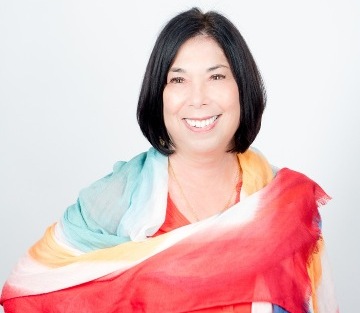Yes, People of Color Can Get Skin Cancer

Courtesy of Roswell Park Cancer Talk Blog
It’s a myth that people of color, including African Americans, Asians, Hispanics, Native Americans, and Pacific Islanders, don’t get skin cancer. In fact, Jamaican singer-songwriter Bob Marley died at age 36 from a rare form of melanoma, the most serious type of skin cancer.
People with darker skin tones don’t get skin cancer as often as Caucasians, but when diagnosed, the cancer tends to be more advanced, harder to treat, and more likely to be deadly. The three types of skin cancer you should be aware of are basal cell carcinoma (BCC), squamous cell carcinoma (SCC), and melanoma.
Ultraviolet (UV) radiation from sun exposure or tanning bed use plays a significant role in the development of various types of skin cancer, particularly basal cell carcinoma. Other factors also play a prominent role in squamous cell cancer and melanoma, affecting those with pigmented skin. They include burn scars, chronic injury, a depressed immune system (such as after organ transplant), skin lupus, albinism, and non-healing leg ulcers.
Melanoma in people of color is rare, and 75% of cases occur on skin areas not usually exposed to the sun, such as the palms, soles, mouth, genitals, and beneath fingernails and toenails. Among African Americans, 30% to 40% of melanomas are found on the soles of the feet, leading to it being overlooked and diagnosed at a more advanced stage.
How to Protect Yourself
Protect your skin from the sun.
Ultraviolet A (UVA) and Ultraviolet B (UVB) rays can damage the skin, leading to wrinkling, premature aging, and an increased risk of skin cancer. While darker skin doesn’t burn as easily, damage that is not immediately visible is still a problem. Use a broad-spectrum, water-resistant sunscreen daily that protects against both UVA and UVB rays, with an SPF of at least 30. Reapply it every two hours, or more often if you’re swimming or exercising.
Check your skin regularly.
Examine every part of your skin, from head to toe, once a month. Notice any spots that have changed or look irregular, and any sores that do not heal. Spot growths that change or stand out as different or suspicious.
Here’s how to check:
Raise your hands and stand in front of a full-length mirror to examine your body’s front, back, and sides. Use a hand mirror to check the back of your neck, scalp, back, and buttocks. Bend your elbows to examine your forearms, and check your upper arms, hands, and palms. Inspect the front and back of your legs, feet, soles, and between your toes. If any spots look different from others, or if they’re changing, itching, or bleeding, make an appointment to see a dermatologist. Check your fingernails and toenails for a band of brown or black pigment, or any extension of pigment to the side or base of a nail. For more information about skin cancer among people of color, visit www.skinofcolorsociety.org.
For additional resources and expertise on skin cancer prevention and treatment, see roswellpark.org/skin.











